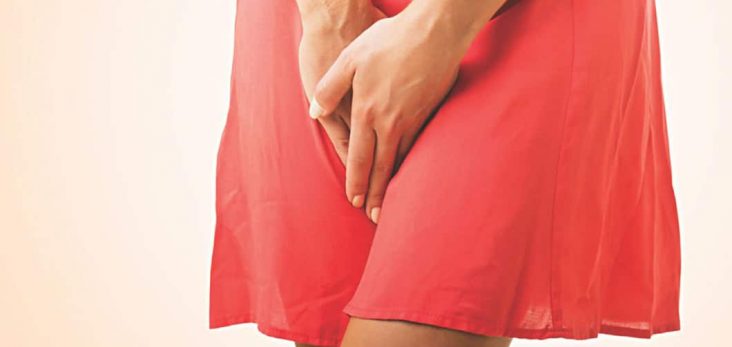What is incontinence?
Do you have a frequent or sudden need to urinate or you can’t control your bladder? You may have this common condition known as urinary incontinence which is more commoner among the female gender.
Types of urinary incontinence:
Stress incontinence is when urine leaks when you exert pressure on your bladder by coughing, sneezing, laughing, exercising or lifting something heavy.
Urge incontinence is if you have a sudden, intense urge to urinate followed by an involuntary loss of urine, you may need to urinate often. Urge incontinence may be caused by a minor condition, such as infection, or a more severe condition such as neurologic disorder or diabetes. Urge incontinence is also called overactive bladder, spastic bladder or reflex incontinence.
Overflow incontinence is when you experience frequent or constant dribbling of urine due to a bladder that doesn’t empty completely.
Functional incontinence is where a physical or mental impairment keeps you from making it to the toilet in time.
Symptoms of incontinence are — feeling a sudden need to urinate or feeling a frequent need to urinate (more than 7 times a day or 2 times a night), weak bladder control and leaking. Some people experience occasional, minor leaks of urine. Others wet their clothes frequently.
What are the main causes for incontinence?
Diseases like diabetes, Parkinson’s and multiple sclerosis (MS) can damage the nerves that control your bladder.
Vaginal childbirth, recurrent urinary tract diseases, strokes, surgeries and treatments for pelvic cancers can also cause urinary incontinence.
What are the treatment options available for this condition?
Treatment depends on what kind of incontinence you have and how bad your symptoms are. There are four main treatment approaches for incontinence which include bladder and pelvic floor muscle training, lifestyle changes, medications, surgery and bladder retraining.
For Urge incontinence– Practices like double voiding (urinating and wait for another few minutes and doing again), toilet trips which involves 2-3 hourly scheduled toileting rather than waiting
until an urge arises and proper fluid and dietary management play a major role in reaching a symptomatic improvement.
Behavioral modification therapy is the therapy where an urologist might suggest techniques like limiting the amount of fluid you drink, eliminating caffeine because it irritates your bladder or bladder training, which will teach you to hold your urine longer and doing exercises to strengthen your pelvic floor.
Both Stress incontinence and Urge incontinence can be treated effectively with Electrical stimulation which enhances the tone and strength of pelvic floor muscles.
Furthermore, medications like Anticholinergics, Mirabegron (Myrbetriq), Alpha blockers and topical estrogens can also be used to address symptoms in all the three types.
Is there any place for surgical treatments?
In patients who do not respond to any of the conservative or pharmacological management, can be treated with surgical interventions like Sling procedures, bladder neck suspension, prolapse surgery and artificial urinary sphincter fixation, depending on the etiology







